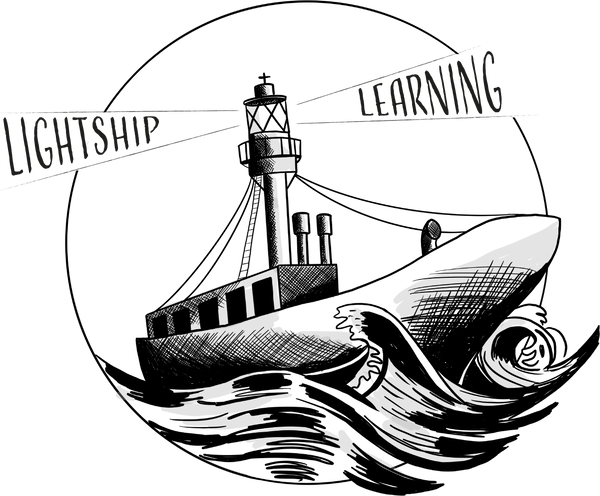Introduction
Collaborative learning is a powerful tool that can improve memory retention and boost exam results. As an instructor you know the benefits of working in groups and that research has shown that collaborative learning can lead to deeper learning and better outcomes. In this blog post, we'll explore the advantages of collaborative learning and discuss how our products can supercharge that learning experience.
What is Collaborative Learning?
Collaborative learning is an approach to education that emphasizes the importance of students working together to achieve a common goal. This approach can lead to a more thorough understanding of the material, and also promotes teamwork and communication skills, which are essential in the real world, especially whilst afloat.
Advantages of Collaborative Learning
Collaborative learning allows students to work together and learn from each other. Leveraging the power of the Feynman technique. Taking advantage of the collaborative learning approach can help students further develop their understanding, identify gaps in their knowledge and enables application of the material to a real life situation.
Collaborative learning also promotes teamwork and communication skills. When students work in groups, they learn how to communicate effectively, share ideas, and work together towards a common goal.
So where does Lightship Learning come into it?
Seeing something in three dimensions can help students visualize complex concepts. When students have a physical representation of a concept, they can better understand how it works and how it relates to other concepts. Using models in this way the instructor can tailor the session to fit the specific learning needs of students, allowing them to focus on the most important information (if you need any tips on kinesthetic learning, check out last month’s blog here). Overall, our products are a powerful tool that can enhance the learning experience and help your students achieve better outcomes.
Why use them together?
Teaching is all about finding the right way to explain a concept to someone and the getting them to demonstrate understanding. Give yourself the edge by having more tools in your toolkit than anyone else. Put your students in groups and get them to explore their new knowledge together. Use Feynman’s technique and get them to teach each other. Give them models to test their knowledge. Supercharge their learning by tailoring the learning experience to their needs.
Conclusion
Collaborative learning and physical models are both powerful tools that can help students improve their learning outcomes. If you're looking to supercharge your student’s experience, consider incorporating these tools into your teaching routine.
References
Adjei-Boateng, Emmanuel, and Ernest Ampadu. "Collaborative Learning as a Pedagogical Tool to Improve Students' Learning." Handbook of Research on Pedagogical Models for Next-Generation Teaching and Learning, edited by Jared Keengwe, IGI Global, 2018, pp. 118-134. https://doi.org/10.4018/978-1-5225-3873-8.ch007
